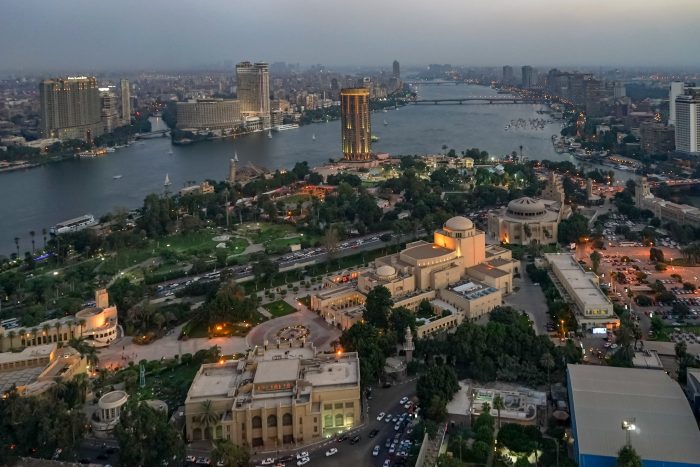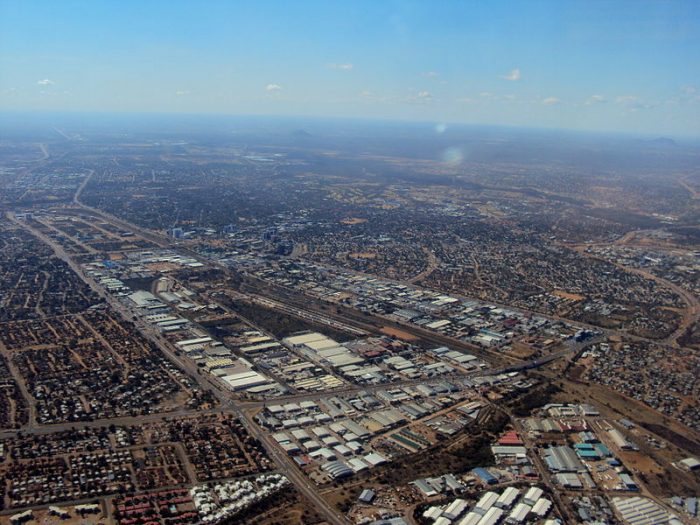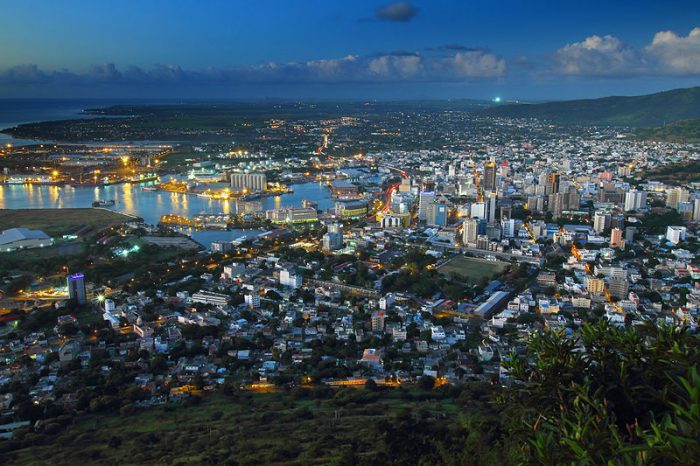
What is the richest country in Africa? Is it Egypt? Nigeria? Maybe Morroco? Containing over one-seventh of the world’s population and a combined total land mass of 11.73 million square miles, Africa is one of the most geographically and culturally diverse locations on planet Earth. Despite being replete with natural resources, the people and the continent have been brutally exploited by colonial powers for centuries, leaving large portions of the country poverty-stricken. In 2013, Africa was ranked the poorest inhabited continent and the entire continent’s GDP was barely a third of just the US alone that same year.
However, recent political liberation movements and economic overhauls in the late 20th and 21st century have resulted in massive economic growth in virtually all African countries. While still poor by Western standards, basically every African country is expected to reach “middle-income” status (~1,000 USD per person per year) by 2025. Since 2017, the African economy has been the second fastest growing in the world and the continent’s GDP is expected to reach $29 trillion by 2050.
TL;DR
Currently, the richest country in Africa is Equatorial Guinea with a per capita income of $34,865. Seychelles is second with a per capita income of $28,1172.
10 Richest Countries In Africa (By GDP Per Capita)
A word of note: Reports of GDP per capita do not consider economic inequality into the figure. As such, while many of these countries do boast a high GDP per capita relative to other African countries, many of them still suffer from very high levels of income inequality. As such, many segments of the population in even the richest capital cities of African countries still live in poverty or near poverty.
10. Namibia – $11,528
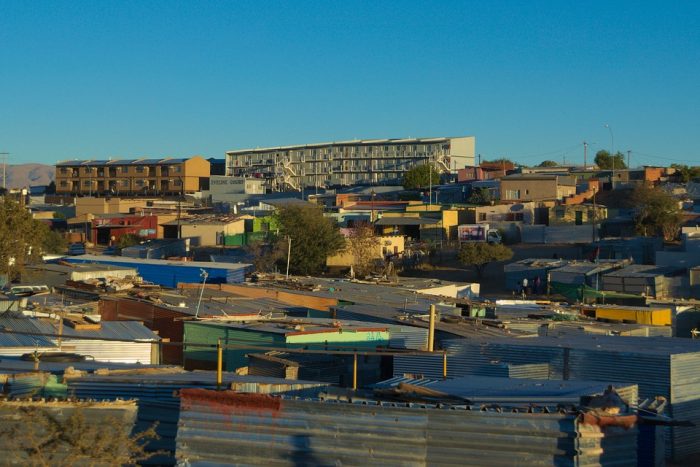
A photo of the Katatura township in Windhoek, Namibia. Credit: Pixabay
Namibia is the 10th richest country by per capita income in Africa. The economy of Namibia is highly dependent on the extraction and processing of natural minerals. The single largest industry in the Namibian economy is diamond mining which accounts for nearly 10% of the country’s GDP. Namibia also has large markets in metal mining, manufacturing, and tourism. The majority of the population engages in subsistence agriculture but there is a growing class of skilled workers and tradesmen that have come along with industrialization. Despite its relative affluence compared to some African countries, Namibia suffers from extreme economic inequality and stark disparities in standards of living.
9. Tunisia – $11,978
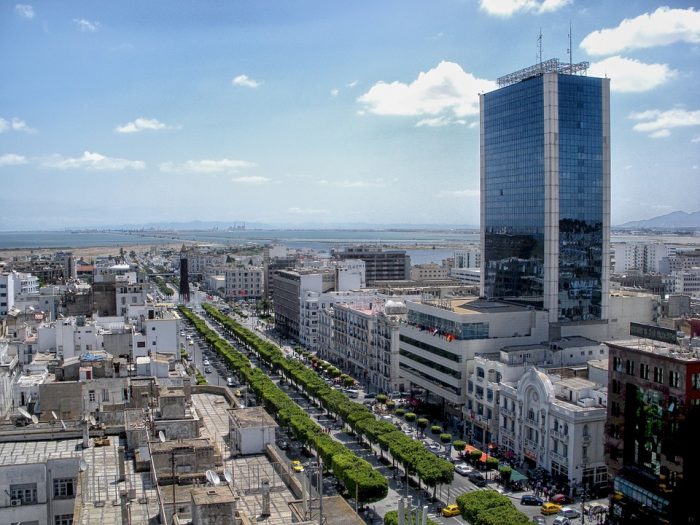
The skyline of Tunis, the capital city of Tunisia. Credit: Pixabay
Currently, Tunisia is undergoing a large process of economic reform and liberalization following decades of state direction in the economy. Strategic economic planning has resulted in sustained growth in the Tunisian economy for over a decade. Historically, Tunisia’s economy has been dominated by oil production, phosphate mining, manufacturing, and tourism. Despite showing moderate sustained economic growth for a few decades now, the unemployment rate is still high at around 15%. Tourism in Tunisia has suffered a major blow due to a series of terrorist attacks in 2015 that resulted in the deaths of many tourists.
8. Egypt – $12,994
Historically, Ancient Egpyt was one of the wealthiest societies in the world. Nowadays, they are the 8th richest country in Africa after undergoing extensive market reforms in the late 20th and early 21st century. The majority of Egpyt’s economy is dominated by agriculture and Egpyt is a major producer of countless cash crops that are shipped all over the world. This high agricultural production is due to the Nile river, the single longest river in the world. The Egyptian economy also has large stakes in construction, services, and manufacturing, including textiles chemicals, automobiles, and consumer electronics.
Despite Egypt’s high economic growth in recent years, there is stark income inequality and growing unemployment problems. The majority of its current young population is unemployed and nearly half of all Egyptians live under the poverty line. The high unemployment levels were a major factor driving the Egyptian revolution in 2011.
7. South Africa – $13,403
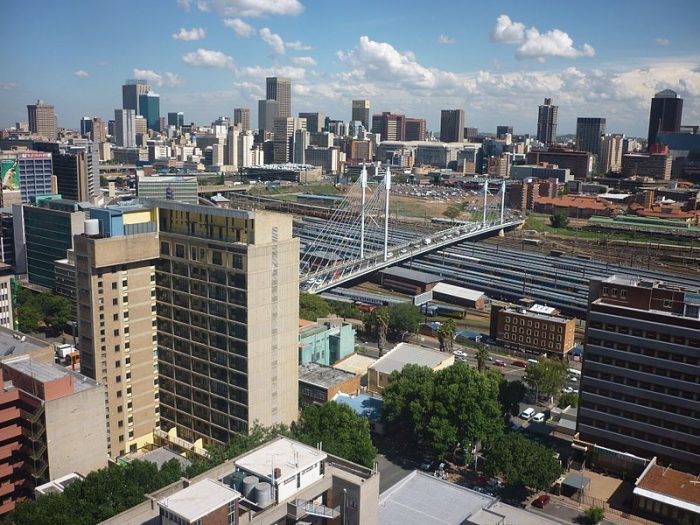
Johannesburg, the largest city in South Africa. Credit: “Johannesburg” by E Bench via WikiCommons CC-BY 2.0
Boasting the second largest economy in Africa, South Africa is the most industrialized and diversified economy on the continent. It is a major manufacturing, mining, and agricultural hub and had a peak GDP of $400 billion in 2011. The formal economy of South Africa has its roots in Dutch colonists sent by the Dutch East India Trading Company which led to the dominance of agriculture in the economy.
Despite the high GDP, South Africa has some of the worst economic inequality on the planet. This economic disparity is primarily the result of Dutch exploitation during the colonial period and the apartheid regime that ended in 1994. Approximately 72% of the land is owned by white South Africans of European descent despite them making up only 9% of the population. As a result of this economic situation, Sout Africa has high crime rates and political tension run high
6. Algeria – $15,000
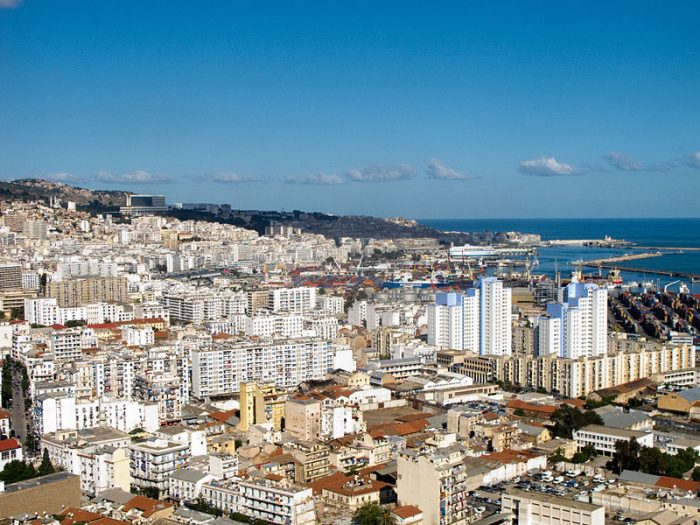
A view of the city Algiers. Credit: Poudou99 via WikiCommons CC-BY 3.0
In addition to being the 6th richest country in Africa, Algeria is the largest country on the continent by landmass. Like many countries on this list, Algeria used to have a heavily state-run economy, though recent years have seen further economic liberalization and reforms aimed at introducing the country to international markets. Algeria has a diversified economy with holdings in the agricultural, manufacturing, mining, fishing, banking, and tourism industries. Algeria is a major exporter of oil and natural gas, which make up nearly 97% percent of the country’s total exports. Unemployment rates are at around 10%, higher for youths (24.8%) and women (16.3%).
5. Botswana – $18,146
Botswana is one of the fastest growing economies in the world, averaging about 5% annual growth since gaining independence from Britain in 1966. This growth has been on par with some Asian countries, notably India and Indonesia. The Botswanan economy is heavily dependent on diamond mining, mineral processing, and agriculture. It is the second largest producer of diamonds in the world after Russia. Despite an impressive economic track record, unemployment rates are still high, most likely due to the country’s over-reliance on diamond mining to meet labor needs. Tourism is also a rapidly growing industry that accounts for nearly 12% of the total GDP.
4. Gabon – $19,266

Libreville, the capital city of Gabon. Credit: “Libreville” by Global Photographer via WikiCommons CC-BY-SA 3.0
Gabon is a small western African country bordered by Cameroon, Republic of the Congo, and Equatorial Guinea. Gabon is a relatively affluent country and its GDP per capita is nearly 4 times most other African countries. Gabon’s economy is built around oil extraction and manufacturing. The oil sector accounts for 50% of the country’s GDP and over 80% of its total exports. The country also has holdings in timer processing and manganese mining. Even though its DP per capita is high, economic inequality is not taken into consideration of this figure, and large portions of the population still live in poverty.
3. Mauritius – $21,628
Mauritius is a small island country located off the southeast coast of African in the Indian Ocean. Mauritius’ history has been dominated by European colonialism and has been at separate times under the hands of the Dutch, French, and the British. Mauritius has a steadily growing economy and falling rates of economic inequality due to the government’s prudent economic planning and stimulation of the private industry. Tourism plays a large role in the economy but within the past 20 years, Mauritius has cultivated burgeoning industrial, financial, and IT sectors. Mauritius is one of the developing world’s most successful democracies and many consider their economic model one to be emulated by developing countries.
2. Seychelles – $28,172
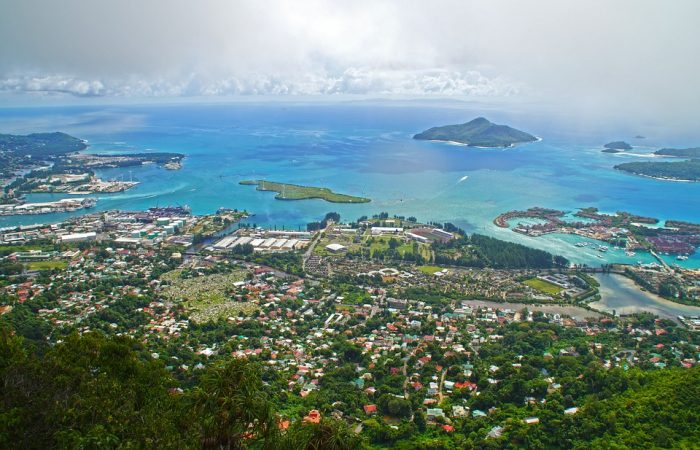
Victoria, the capital city of Seychelles. Credit: Pixabay
Seychelles is another African island country that is located in the Indian Ocean. The actual country is made up of 115 distinct smaller islands. It has the smallest population in Africa at only 92,000 individuals. The single largest driver of the economy is tourism. The tourism industry employs about 30% of the country’s labor force and accounts for more than 70% of hard earnings. Seychelles’ maritime economy has holdings in fishing, boat manufacturing, furniture, and agriculture. Seychelles also has a growing financial sector that is projected to take over the tourism sector in a few years. It is also believed that they possess vast quantities of offshore oil that have not been tapped yet. Despite being presented as a highly developed country, economic inequality is high and substantial amounts of the population live in near or extreme poverty.
1. Equatorial Guinea – $34,865
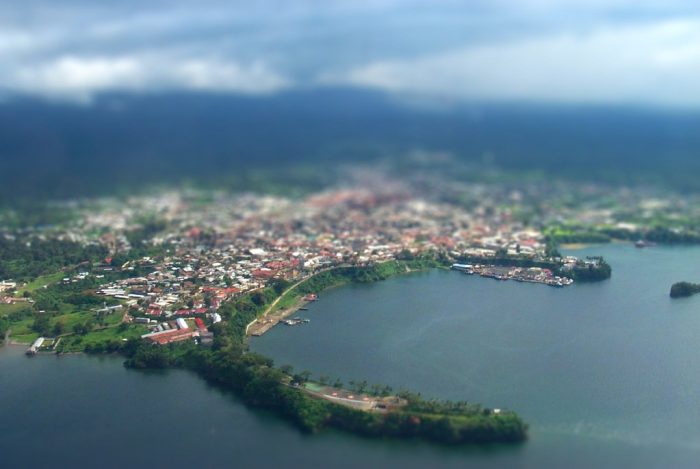
Malabo, the capital city of Equatorial Guinea. Credit: “Malabo Harbor” by Wapster via Flickr CC-BY 2.0
The last country on our list and the richest country in Africa in terms of per capita income is Equatorial Guinea. Equatorial Guinea is a small country located on the west coast of central Africa. Equatorial Guinea used to be under the control of the Spanish before earning their independence in 1968. Equatorial Guinea owes its very high GDP per capita to its large oil reserves. the discovery of oil deposits in the 1990s virtually transformed the economy overnight and turned Equatorial Guinea into the richest African country within a matter of decades. Before the discovery of oil deposits, the economy was mostly based on agriculture, particularly cocoa. Forestry, animal husbandry, and fishing are also large parts of the economy.
Despite the high GDP, Equatorial Guinea, like many developing and developed African countries has high economic inequality and many people still live in poverty. Equatorial Guinea is also threatened by running their oil deposits by from over-extraction. Since the oil price collapse in 2014, the countries economic growth has decreased from 15% to −10%.




